We’ve been here twice before. So the basic tours were not too attractive. We went on some of them anyway and found this city a lot the same …. But also continually
changing and interesting enough to justify another look, especially at another time of year. Last time we were here was the “Christmas Markets” cruise.
We skipped the Vienna Mozart Concert, having been there last time … but were able to tell a few folks with back problems that the chairs are hard and packed in tight. (for photos, see previous blog & albums)
This is truly a case where the people in charge are resting on laurels of previous generations and they dont care much for the comfort of the consumer… they figure it was good enough in the 1800’s … it’’s good enough for today. And there’s no competition … yet. Since every single person complained of the hard chairs and tight quarters … I’ll bet a place with good accoustics and comfortable chairs would do very well here.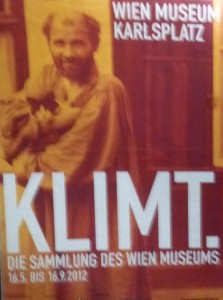
Gustav Klimpt exhibition at the Belvedere Palace.
His art was a departure from the type of works popular in the late 1800’s in Europe … bringing a greater sensuality to his works and forgoing all depth perspective except on the subject. The conservative art critics were harsh and unaccepting of this new style.
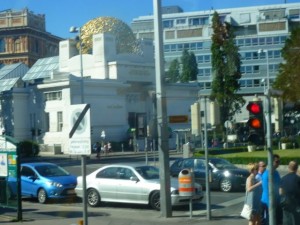
Headquarters of the Secession movement of modern artists started by Gustav Klempt ... still in use today.
So Klimpt withdrew from the Artists Union and became the leader of the Secession movement of European Artists from the Snobbish Circle of Artists of the 19th century. Historians consider him the father of Modern Art. See the famous Art Nouveau building that still houses his Association
Some facts we learned about him: He avoided the social scene & stayed to himself & never gave interviews. He travelled only for art inspiration, one of which were early Christian Mosaics. He worked hard, morning till nite … His only social outlet was his artist’s secessionst group which he continued with his whole life. And his female models… With whom he fathered 14 children. He never married, but had one life long companion, who historians think was possibly lesbian.
There are several more examples of his work in the Photo Album. Pull down “Photos” on the banner menu and then choose Vienna 2012. Some of these works have recently sold for over $50,000,000.00 apiece!
Prince Eugene.
Physically weak and unattractive, Eugene was rejected by the French for military service, but he was determined on a military career, so he moved to Austria and became their most famous and undefeated General.
He was never defeated by the Turks, even when confronted with much larger armies. Turns out he was a military genius, gathering his captains the night before and making plans and alternate plans. In battle, he would start in one direction, then after the Turks had ordered their counter attack, he would have the Austrian army completely change directions. And with these tactics, his forces were never defeated. “Blessed are the Flexible…..”
The Vienna Ferris Wheel
has been a landmark for nearly 100 years. It takes 20 minutes to make the complete circle and the cabins carry 15 people.
People have done unique things in those 20 minutes … have a meal, get married… ??
The National Library
The National Library houses one of the largest collections in the world … Over 8 million volumes …many of which are very old, even a large papyrus collection. To access these old books you must be a certified academic and can only read the books in a special reading room and wear gloves.
There was an exhibit of austrian tourism posters from 1900 – 1970. After that, television and other media replaced the poster, but it was interesting to see the development of the number one method of tourism marketing in the first half of the 20th century.
Our guide had a masters degree in art history, and was a good story teller. On tours like this the local guides make or break the value of the tour. Uniworld does a good job of selecting their local guides.
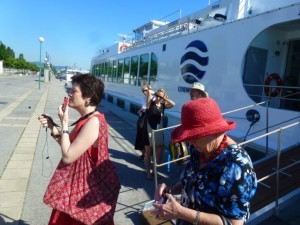
Here our guide is doing a sound check before we head into town ... with the earpiece that we have in one ear ... so that we dont have to stay tightly bunched and they dont have to shout.
Most had advanced degrees and were passionate about their city and country. Stuff that’s pretty hard to get from just a guidebook. In asking this Vienna guide about all the graffiti, she said it was mainly just youths, not so much gangs, like in some US cities. She said that the authorities dont do much about petty crimes because they dont want to be seen as “harsh” Even the ordinance requiring dog owners to clean up their dog poop … the city refused to enforce … until a mother got tired of it and got 145,000 signatures. Only then would the city begin to enforce the law. All for not wanting to be seen as harsh & authoritarian. Perhaps understandable after a heavy dosage of harshness under Hitler and Communism …. Interesting.
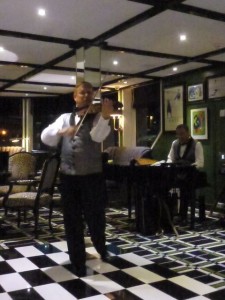
In addition "George" our keyboardist, Local talent came on board when we were in towns for the evening.
On Board Entertainment.
The on board entertainment is at the opposite end of the spectrum compared to the big Ocean Cruise ships. Where they have lots of options every night, the river cruise ships usually have a keyboardist who plays every afternoon and evening. Except when special local folklore groups come on board and play. Most people come on river cruises for the destinations rather than the entertainment and after the tours and free time roaming, dont need a lot of entertaining. There are also special lecturers on topics of interest … like our History professor who gave a great lecture on the war(s) in the Balkans including the recent Kosovo war. She used the metaphor of making a stew, using many ingredients, mixed in over time, with lot’s of stirring, and pressure. It was a good overview of 1500 years of history of this area. One fact that was new to me was that the Turkish Sultans maintained a level of religeous tolerance.
They didn’t even want full conversion to Islam … because the Christians and Jews were taxed higher and had to do the less desireable jobs. Like defend the frontier and fight in the Sultan’s army. So changing religeons became for some a matter of expedience that would change with the many regime changes this crossroads area has seen over the centuries. Our historian suggested that the “corruption” that Eastern European countries are known for is an extension of the people’s skill at working outside normal channels that they have developed in order to survive the many changes over these many centuries.
Dining.
Like the Entertainment, the dining is limited. There are no specialty restaurants like on the big ships. But the food onboard Uniworld ships has been excellent. Our chef on the River Princess was from Portugal and had trained in France and Italy. He favored Italy and it showed in his offerings.
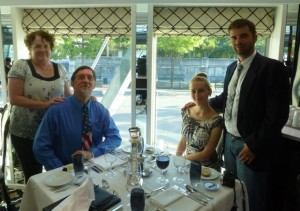
George and Lianna, two doctors from Rumania. She was the official doctor. He and I were protecting our wives from pirates. ... And having a good holiday!
Perhaps the best thing about the dining room is that it’s the place where you meet people from all over the world. This trip we met a lot of people from Australia, Canada and England, as well as from lots of places in the US. We met the the ship’s doctors, who we shared several dinners and bus rides with. Lianna was an internist from Rumania as the official doctor on board. Her husband George was also a doctor, a psychiatrist who came along … kind of like me. We joked that in both our cases, Uniworld was getting two for the price of one …. And that George could fix us if the tour got stressfull.
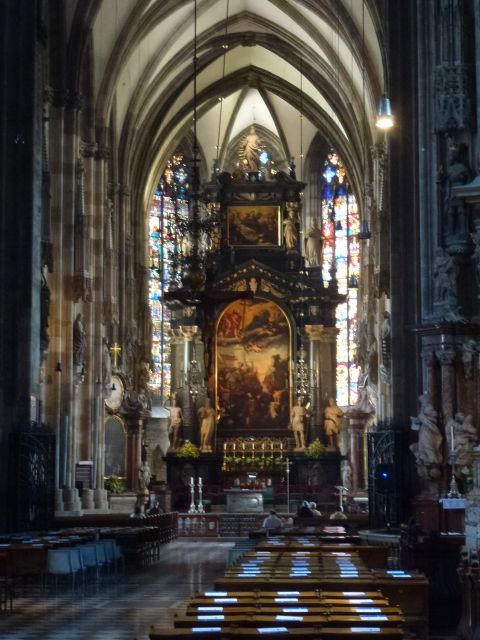
A trip to downtown Vienna wouldn't be complete without a look at St Stephen's Cathedral. It's over 1000 years old ... and eternally now in maintenance and cleaning on the exterior.

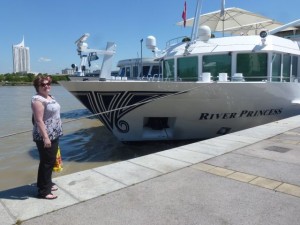
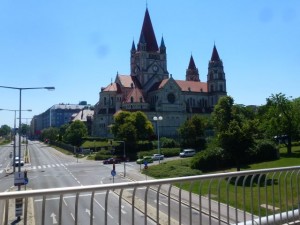

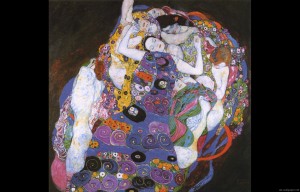
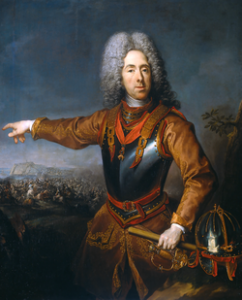
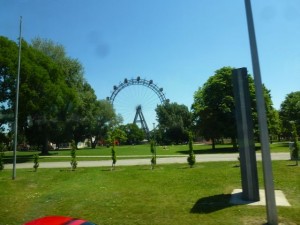
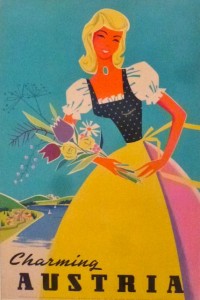
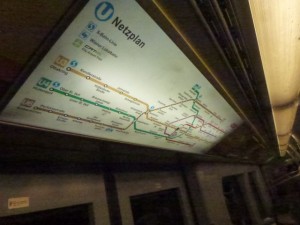
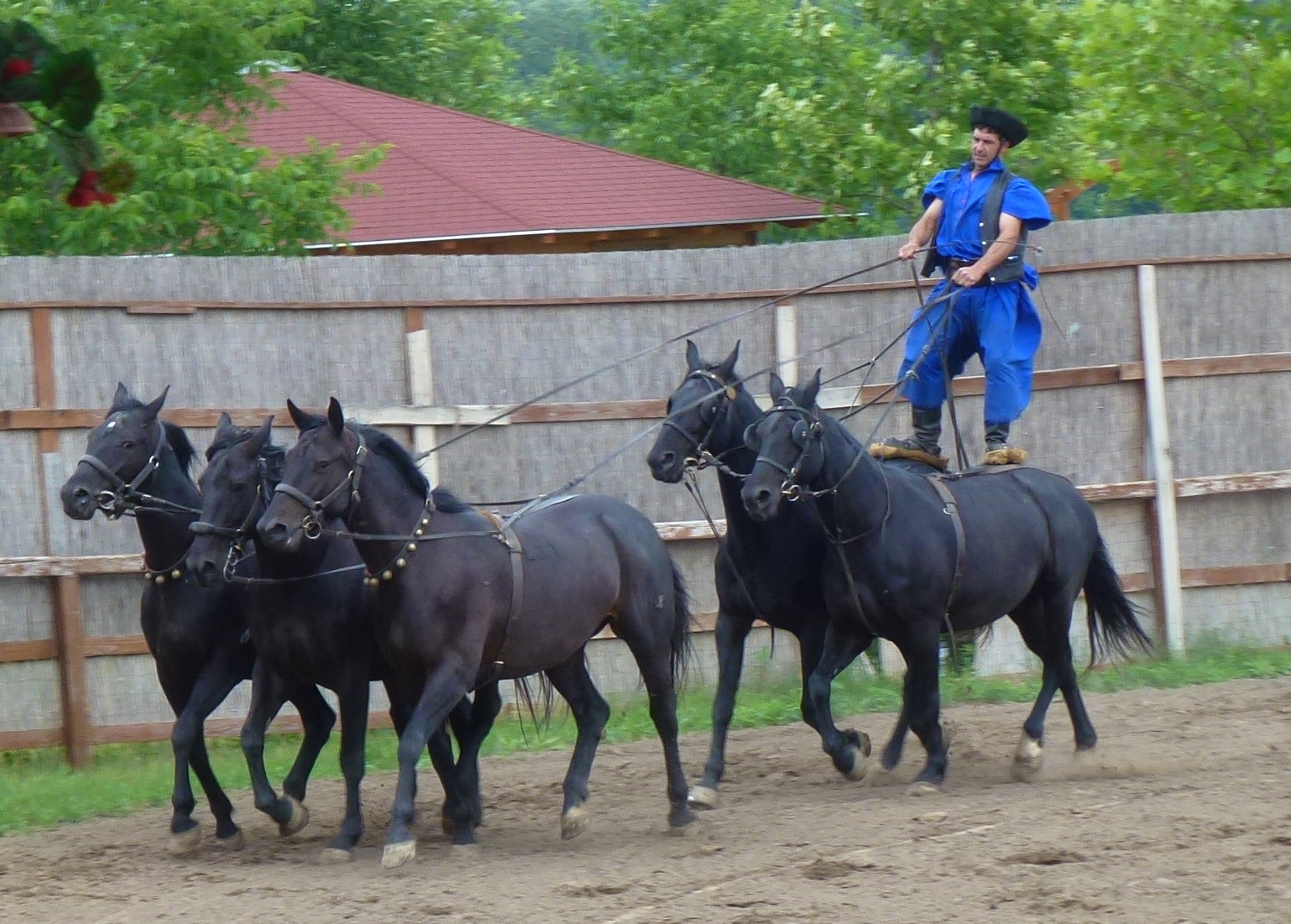

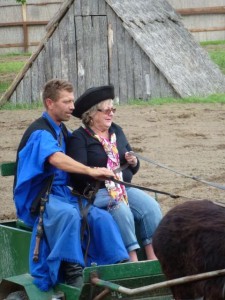

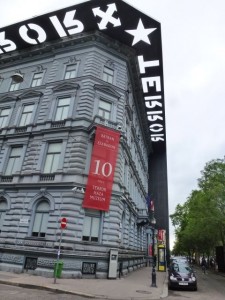
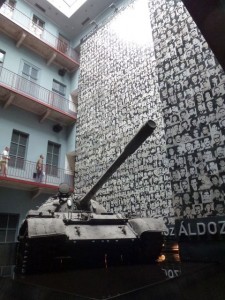
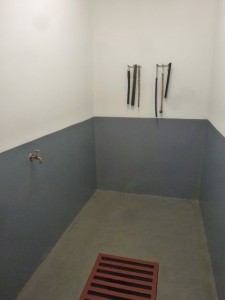
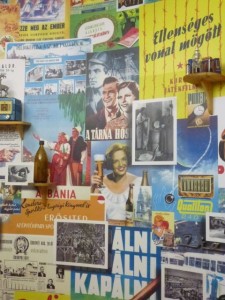
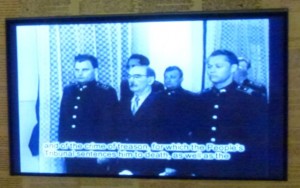
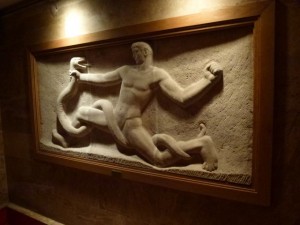
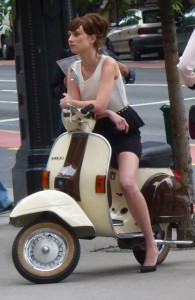
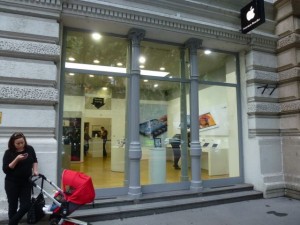
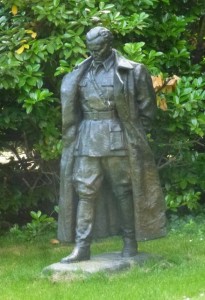
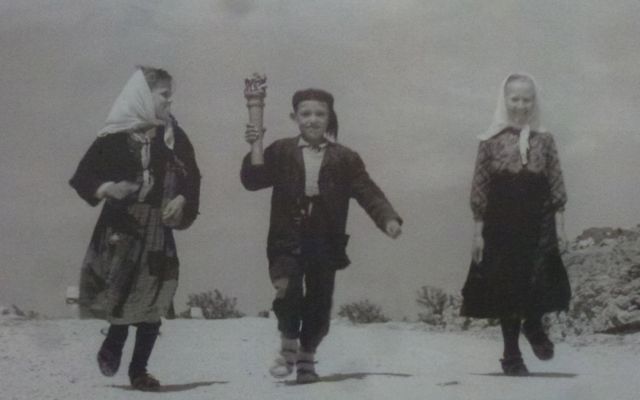
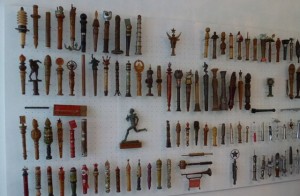
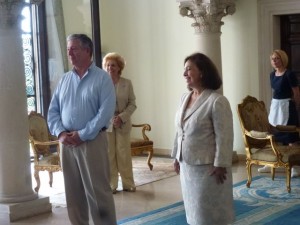
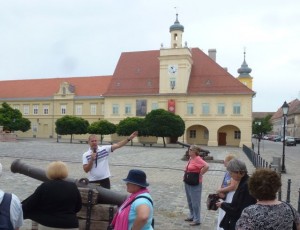

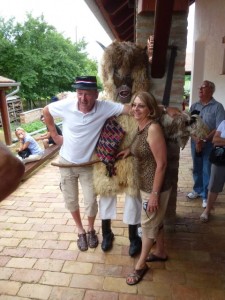
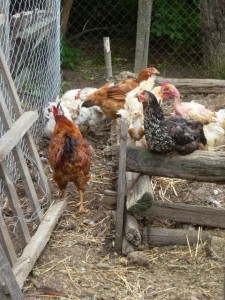
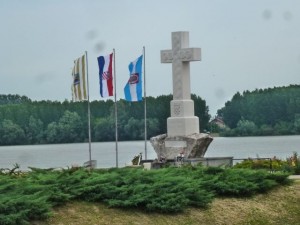
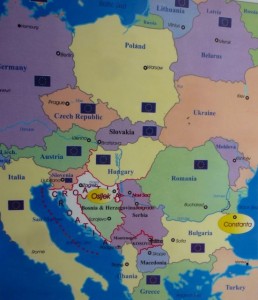
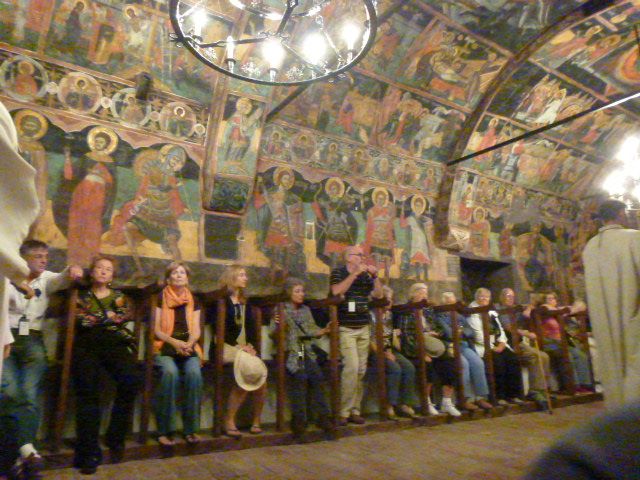
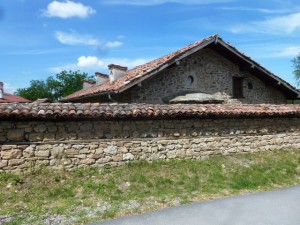
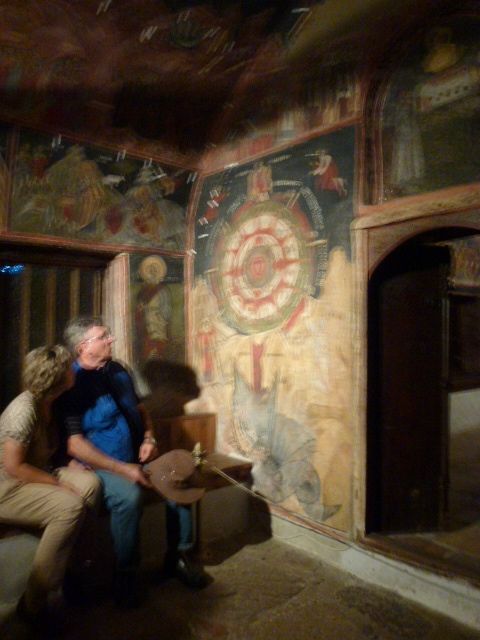
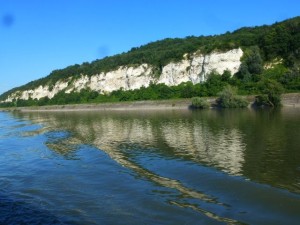
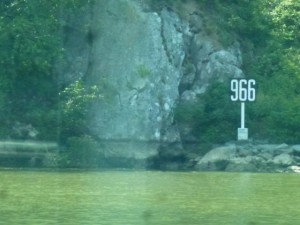
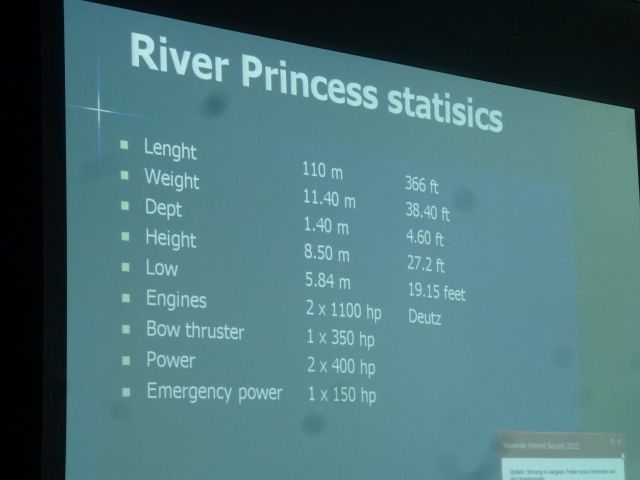
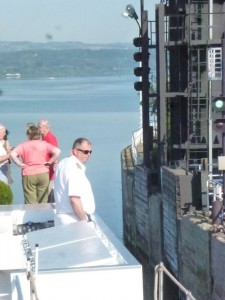
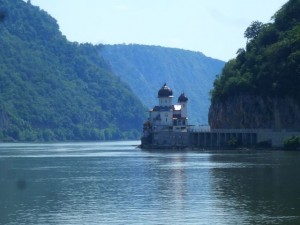
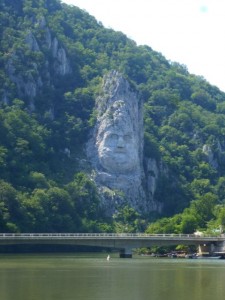
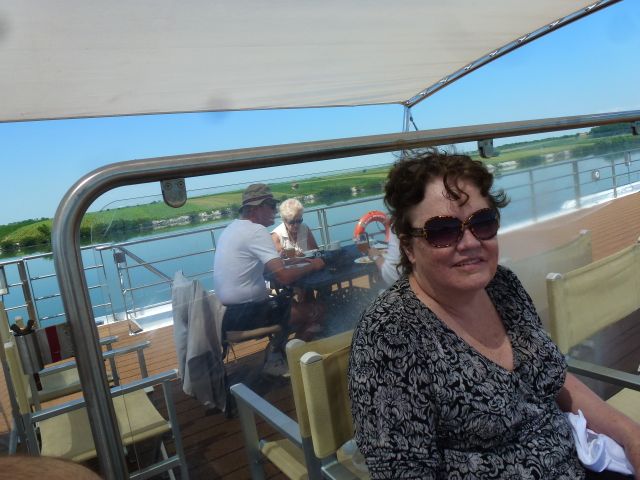
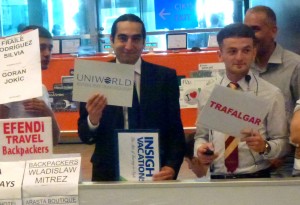
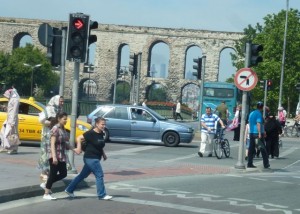



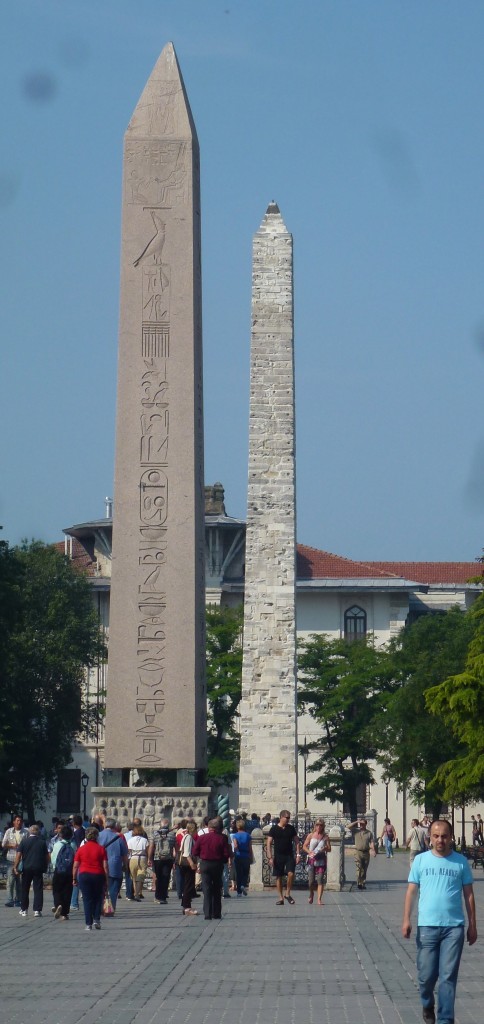
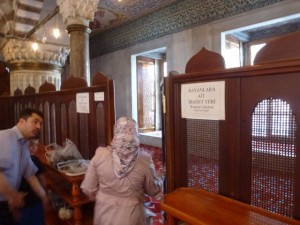
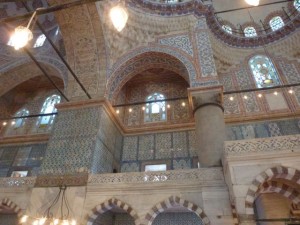
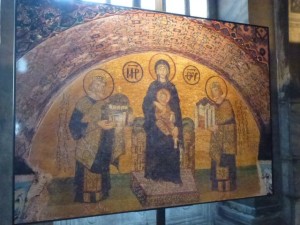
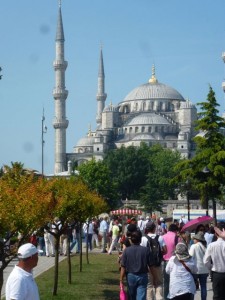
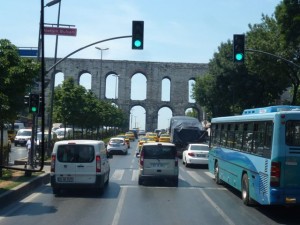
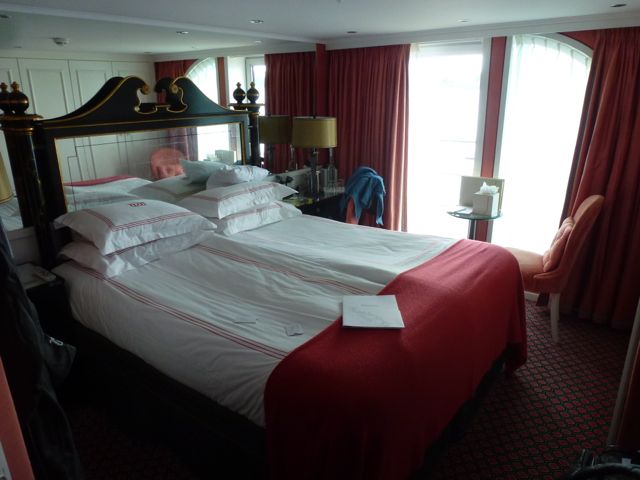
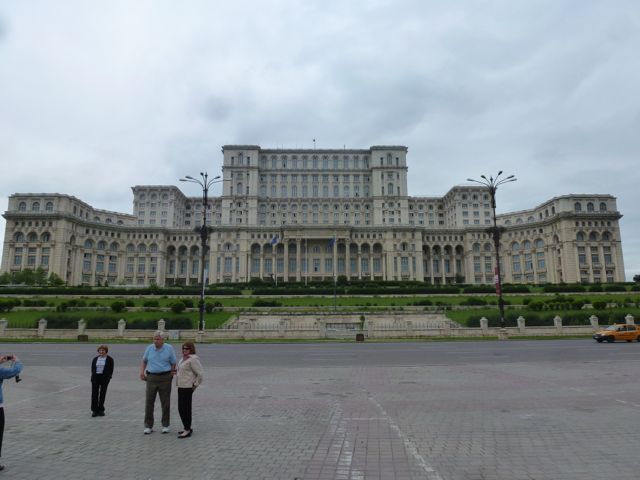
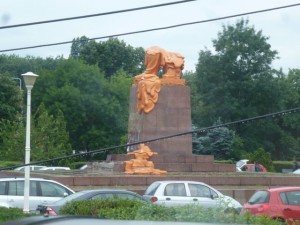
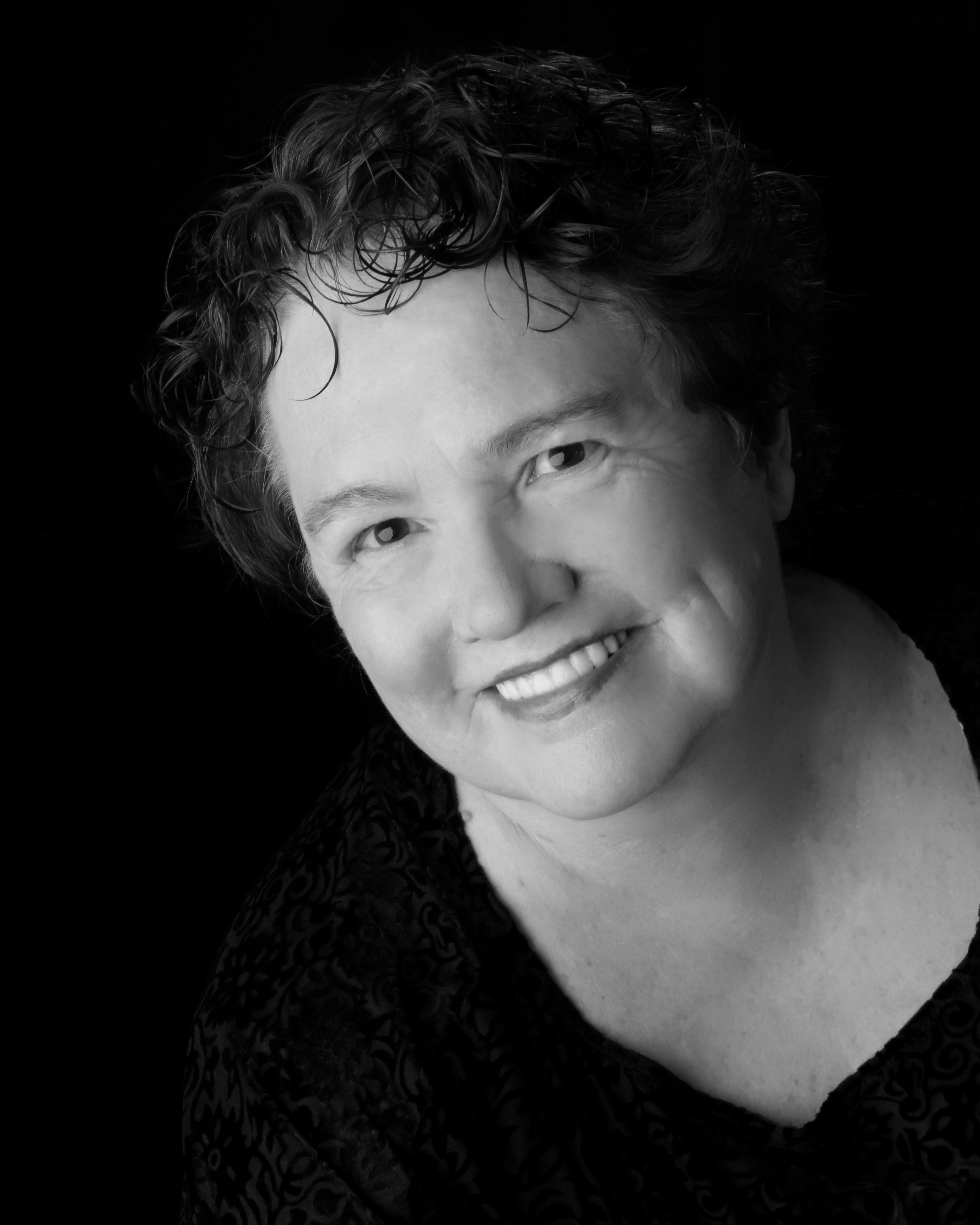

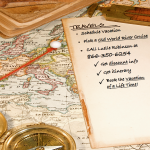
 We will never share your email and respect your privacy
We will never share your email and respect your privacy